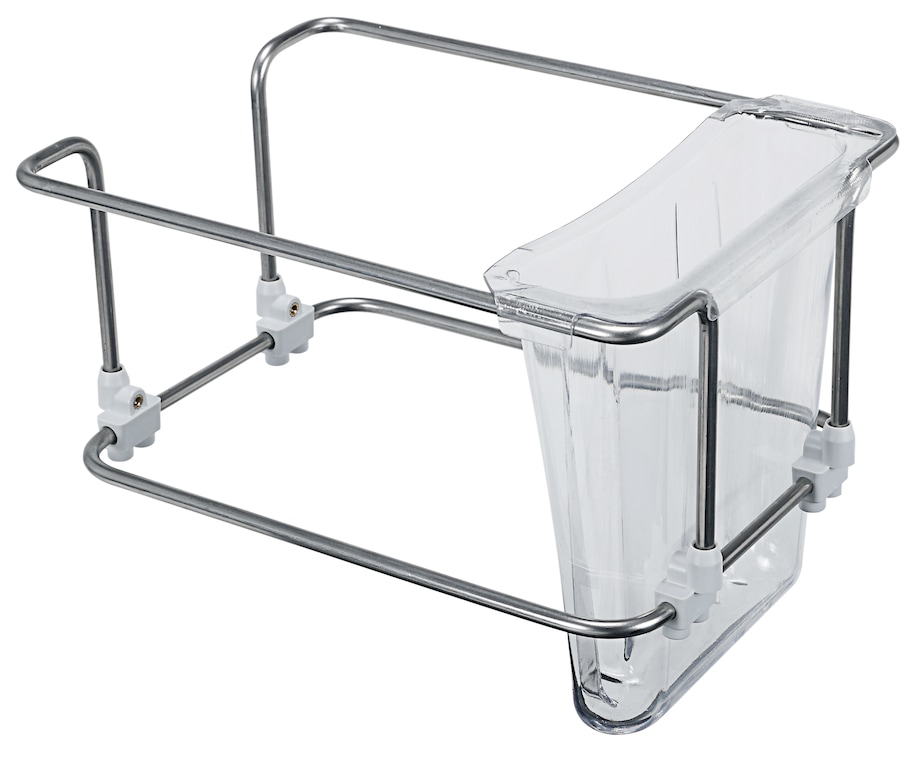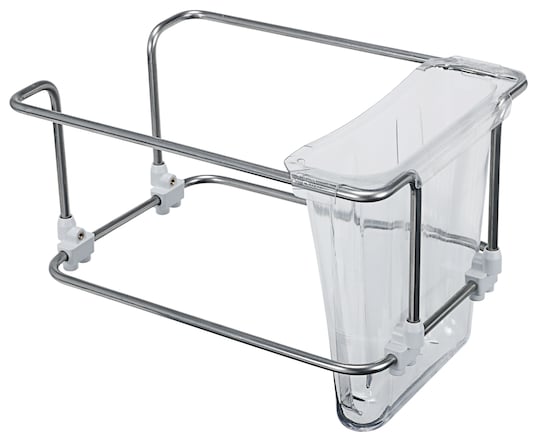MENU
TW | TWD
TW | TWD
-
-
- All Pipettes, Dispensers & Automated Liquid Handlers
- Mechanical Pipettes
- Electronic Pipettes
- Multi-Channel Pipettes
- Positive Displacement Pipettes & Dispensers
- Pipette Tips
- Bottle-Top Dispensers
- Pipette Controllers
- Dispenser & Pipette Accessories
- Automated Pipetting
- Automation Consumables
- Automation Accessories
- Liquid Handler & Pipette Services
Sorry, we couldn't find anything on our website containing your search term.
You are about to leave this site.
Please be aware that your current cart is not saved yet and cannot be restored on the new site nor when you come back. If you want to save your cart please login in into your account.
Sorry, we couldn't find anything on our website containing your search term.
- Home
- Products
- Liquid Handling
- Automation Accessories
- epMotion® Waste Disposal Accessories
epMotion® Waste Disposal Accessories
Liquid waste bin in waste bag holder, empty, no background

Liquid waste bin in waste bag holder, empty, no background
Product Information
During the pipetting of liquids, waste, both liquid and solid, are generated. Solid waste mainly consists of pipette tips and reaction vessels. In order to dispose of both types of waste correctly, we offer variable options for collecting solid waste in bags or boxes, and for collecting liquid waste in a specialized reservoir which can then be properly discarded.In order to use garbage bags of larger capacity inside an epMotion Workstation, it will be necessary to elevate the Workstation slightly by using a work surface adapter (5070 752.001).
You will find additional download material at the bottom of this page
Single Devices (8)
8 Single Devices
Catalog no.
5075751720
|
Catalog no.
5075751763
|
Catalog no.
5075751780
|
Catalog no.
5075753006
|
Catalog no.
5075753103
|
Catalog no.
5075752034
|
Catalog no.
5075752050
|
Catalog no.
5075799448
|
Show more Products
Added to Your Cart
Product Information
Features
Product Information
During the pipetting of liquids, waste, both liquid and solid, are generated. Solid waste mainly consists of pipette tips and reaction vessels. In order to dispose of both types of waste correctly, we offer variable options for collecting solid waste in bags or boxes, and for collecting liquid waste in a specialized reservoir which can then be properly discarded.
In order to use garbage bags of larger capacity inside an epMotion Workstation, it will be necessary to elevate the Workstation slightly by using a work surface adapter (5070 752.001).
In order to use garbage bags of larger capacity inside an epMotion Workstation, it will be necessary to elevate the Workstation slightly by using a work surface adapter (5070 752.001).
Features
- Waste bins for solid waste
- Waste bags for tips, non-hazardous or biological hazardous materials
- Waste tubs for proper collection of liquid waste
Downloads: epMotion® Waste Disposal Accessories
Who is my local service contact?
Please contact your local Eppendorf Service Team. You find the contact data on our homepage (eppendorf.com/contact) or in the information materials.
Read More
Read Less




